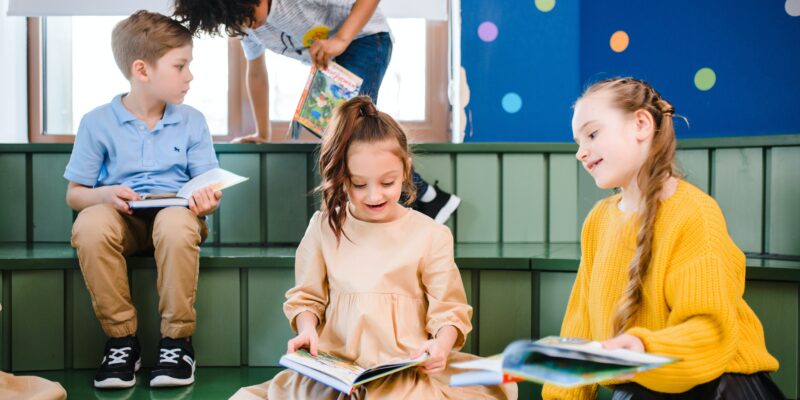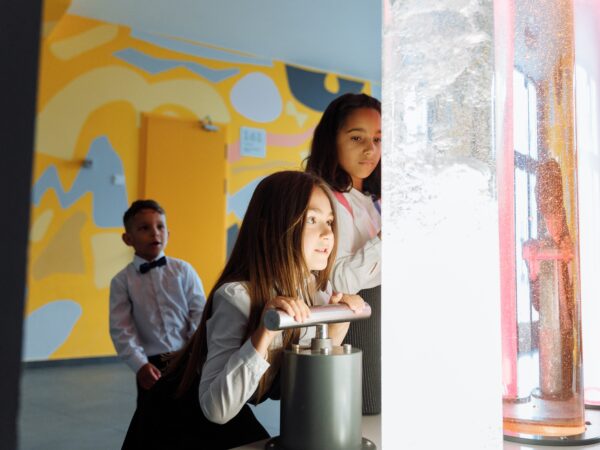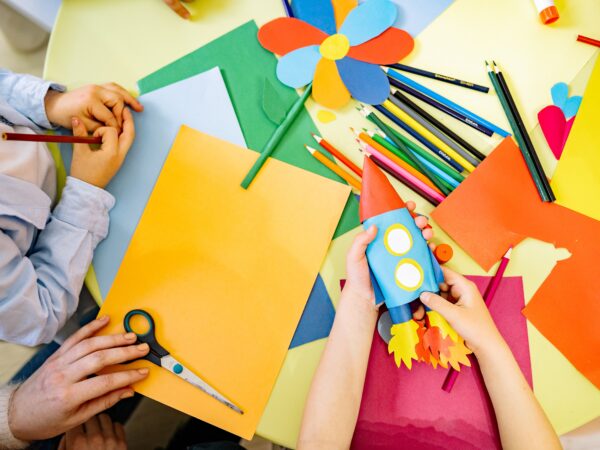The world of education is always changing, so it’s important for teachers to know what the latest trends and predictions are so they can give their students the best education possible. In this article, we’ll look at some of the most important education trends and predictions for the future.
1. Personalized Learning
Personalized learning is a way to teach that takes into account each student’s individual needs and skills.
This approach allows students to learn at their own pace and in a way that best suits their individual learning style. As technology improves, personalized learning is becoming more common and easier to access than ever before.
One of the best things about personalized learning is that it can help students who are having trouble with a certain subject. For instance, if a student is having trouble with math, a teacher can give them personalized resources and help to help them learn the subject better.
2. Learning on the Web
Online learning is another trend that is becoming more and more popular quickly. Because of the COVID-19 pandemic and the rise of remote work, many schools and universities have had to switch to online learning to keep their students and staff safe.
Online learning has a number of benefits, including increased flexibility and accessibility.
Students can learn from anywhere, at any time, and with just a few clicks they can get to a lot of educational resources. Online learning can also be cheaper than traditional in-person classes.
This makes education more accessible to people who might not have been able to go to college otherwise.
3. Artificial Intelligence
AI is a field that is developing quickly and has the potential to change the way we live and work. AI has the potential to change how we teach and learn in schools.
AI-powered chatbots, for example, can help students with their homework and answer their questions in real time, giving them personalized help and direction.
AI can also be used to find patterns in student data and help teachers understand how and why students learn the way they do. This information can be used to make individualized learning plans and help teachers adjust their lessons to meet the needs of each student.
4. Augmented and Virtual Reality
Virtual reality (VR) and augmented reality (AR) are technologies that can make learning experiences that are immersive and interactive.
VR can be used to take students to different places and times, where they can learn about history or try out other cultures.
AR can be used to improve classroom materials like textbooks by adding interactive parts that keep students interested and make learning more fun.
5. Gamification
The Gamification is when game design ideas are used in situations that are not games. Gamification can be used to make learning more interesting and fun in the classroom.
For example, teachers can make games or challenges that students can complete to earn points or rewards. This can help get students excited about learning and encourage them to get involved in their own learning.
6. Learning Based on Projects
Project-based learning is a way of teaching that emphasizes learning by doing things in the real world. Instead of just memorizing facts and figures, students are asked to use what they’ve learned. Its just to solve problems and deal with situations that happen in the real world.
Project-based learning works well in STEM fields because it lets students work on real-world problems and learn. The critical thinking and problem-solving skills they’ll need in their future careers.
7. The Blockchain
Blockchain is a technology that lets people keep records in a safe, decentralized way. In education, blockchain can be used to check and confirm things like diplomas and transcripts.
This can help stop fraud and make sure that employers and schools can trust the credentials students show them.
Blockchain can also be used to make decentralized educational platforms. It is where students can earn credentials and learn from anywhere in the world without needing a central institution.
Conclusion
These technologies and methods could make learning more interesting, easy to get to, and useful than ever before. But it’s important for teachers to be careful with these trends and predictions and make sure they use them in ways that help students learn and grow.
As time goes on, it’s important for teachers to keep up with the latest trends and predictions and be open to changing their teaching methods to meet the needs of their students as they change.











